As I sat in my room at the State Game Lodge in Custer State Park, I heard a distant pounding. It took a moment for me to realize this was not a second wave of mighty storm that had just passed through, but was the thundering hooves of bison who live in the park. I glanced out the window and witnessed at least two dozen bison pass beneath my gaze.
The bison were majestic in their gallop. I stood and watched them continue past the lodge and into the distance. Bison can run up to 35 miles per hour – three times faster than humans. I was too slow for pictures and opted to stand at my window and take in the beauty unfolding in front of me.
More than 60 million bison once roamed across North America. Man hunted and slaughtered at least 50 million bison in an effort to wipe out the American Indians who called the Great Plains and Black Hills their home. Bovine disease from cattle is also attributed to the bison nearing the brink of extinction. By 1889, only about 1,000 bison survived in North America.
In 1914, Custer State Park purchased 36 bison from the Philip family. By the 1940s, the herd was 2,400 strong, but the numbers were unsustainable. Bison graze primarily on native grasses. Their hooves also disturb the soil, which benefits many plant and animal species.
The rangeland encompassing the park was not large enough or in good enough condition to support the bison and the other animals that call the park home. The park made the decision to begin culling the herd. Today, the park can sustain up to 1,500 bison.
While I drove around the park and admired these graceful animals from the safety of my car, I soon realized why there are so many people each year who are hit, charged at, or killed by bison. Signs throughout the park warn humans to keep their distance. There is no safe distance from a bison. This is especially true during calving and mating season. I also witnessed it when they were agitated.
On more than once occasion, my car and several others were patiently waiting for the bison to cross the road. There always has to be “that guy” who pushes their vehicle through the crowd of bison, aggravating the animal. Most of the offenders were motorcycles, but there were a few vehicles, too.
Bison let you know when they are ticked off. Once, while five younger bison were attempting to cross the road, several motorcycles pushed through. Two honked their horns, startling the bison. A large male, bigger than my Toyota Yaris, charged out of the field, narrowly missing my parked car, and stepped between a motorcycle and the young bison. He snorted a few times.
The motorcyclist called the bison a “fucking idiot.” The male bison stood there for several minutes. He snorted at the motorcycle. He raised his tail. Once the young bison were safely out of harm’s way, he returned to the field and grazing.
Many people use the words “bison” and “buffalo” interchangeably. The correct name is American bison, which is derived from its scientific name, Bison bison. The use of buffalo comes from the French word for beef – le boeuf – which was simplified into buffalo.
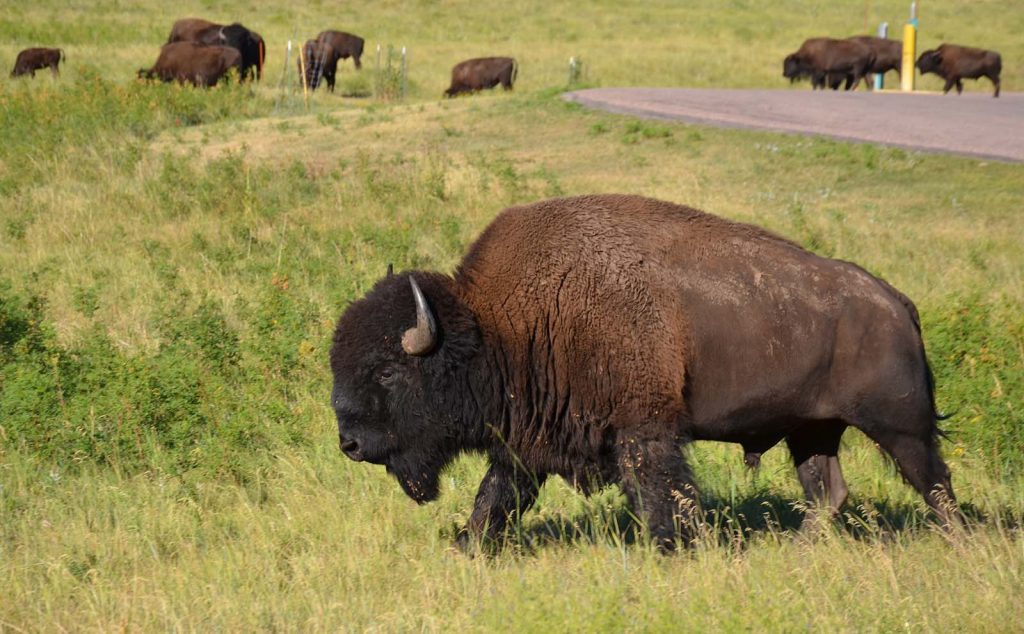
Bison live for 12-20 years. Though we could not get close enough to check, experts can determine age by examining bison horns and teeth.
During our visit, Paul and I encountered bison several times. We heard a variety of their sounds, including rumbles, snorts, and grunts. My visit wasn’t during breeding season, so I did not have the opportunity to hear their bellows, which can be heard up to three miles (five kilometers) away.
Bison tails can grow 20-23.5 inches (50-60 centimeters) long. They have 32 teeth, the same number as humans. Their horns can grow up to two feet (61 cm) long. Measured at the shoulder, bison are 5-6.5 feet (1.5-2 meters) tall. Their cloven hooves help with the animal to run quickly and grazing in different terrains.
Bison skeletons are “front-heavy” with long spines that rise from the backbone forming the recognizable hump, which holds powerful muscles and ligaments to support its massive, thick skull. During Spring and Summer, bison can be observed wallowing in the dirt. This enables them to shed their loose hair and keep biting insects, such as ticks, fleas, and flies, away.
Bison may have poor eyesight, but they have an excellent sense of smell, detecting animals more than a mile away. They are social animals and non-territorial. Older males typically live alone or in small groups. Females have fluid family groups. Even after they cannot bear calves, females will stay with a group the rest of their lives. A young male who wishes to mate will always be near the female he has chosen. If he is lucky, she will not send him away for another male.
In the morning, just as the sun was rising, I heard the thunderclap of hooves on ground. Dozens more ran in front of my window again. They were moving quickly and this time, I had my camera out of my bag, ready for a picture or two. Then, I stood at the window and watched them.
The large, lumbering animals stopped near the edge of my vision in front of the Creekside Lodge. Some sat and rested in the lush green grass. Others roamed area grazing on the plants in the field.
The keystone species has always been important to North America. As bison got their fill, they began walking south along the edges of Wildlife Loop Road. As the group joined with the rest of the herd, they continued on until they found a large open field in which to rest and graze for the day.
While most bison settled in for the day, a few set off on their own toward higher ground, presumably to spend time away from the humans. I get that. I understand the need to be away from everyone and everything as I forge my own path and seek solitude in the Black Hills among the 71,000 acres of Custer State Park.

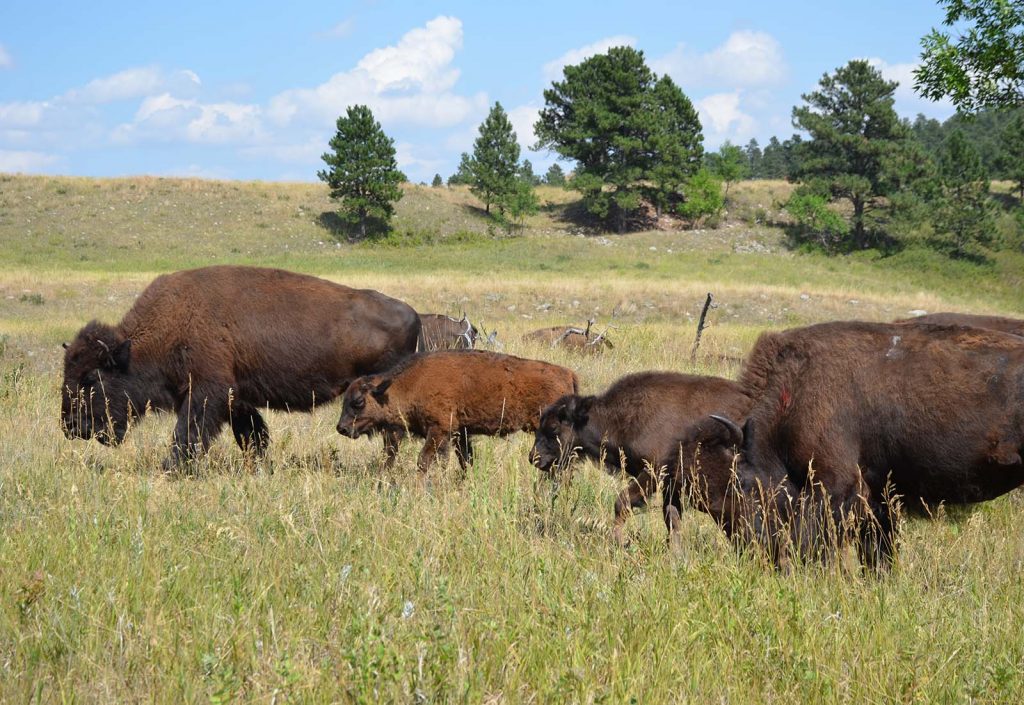
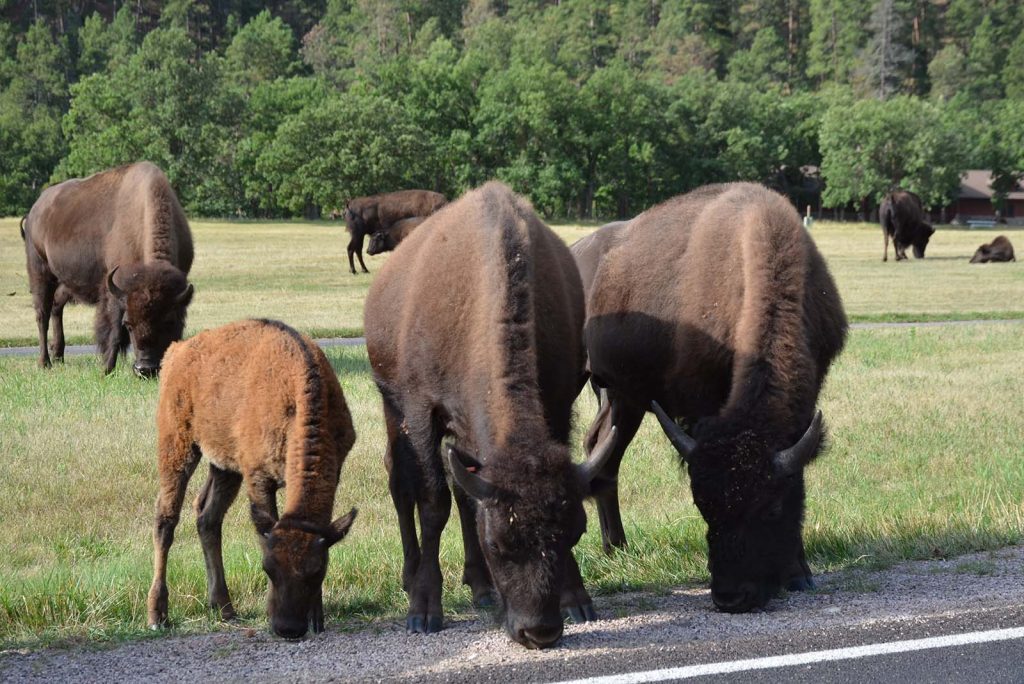
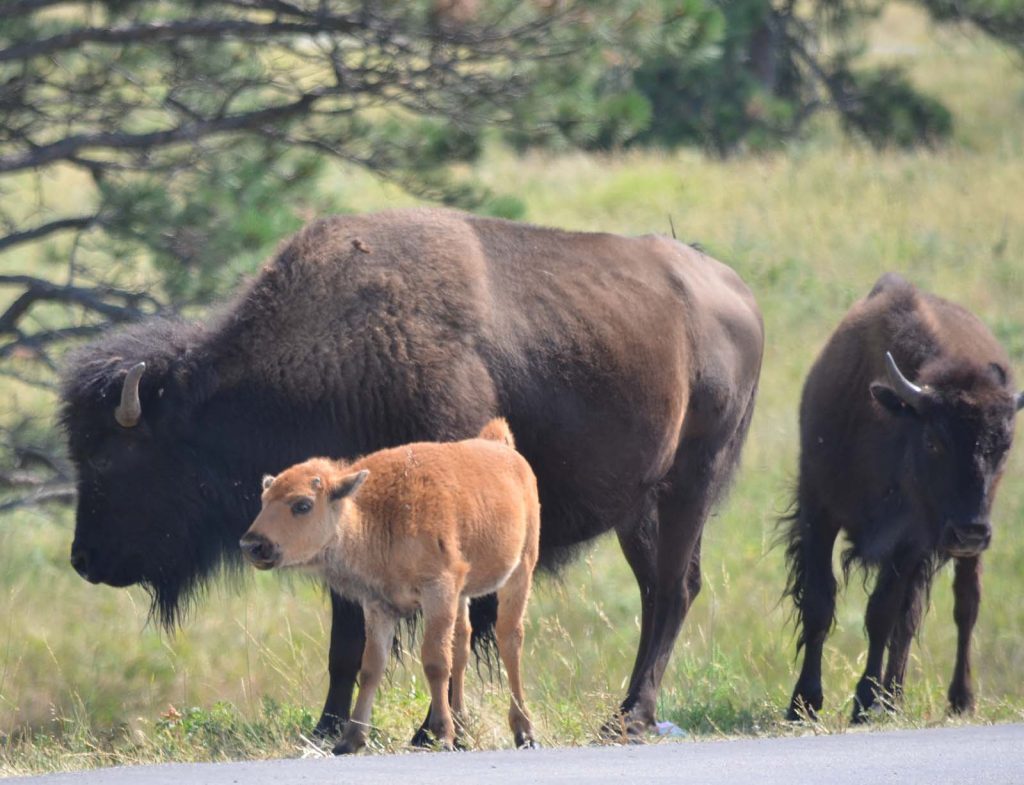
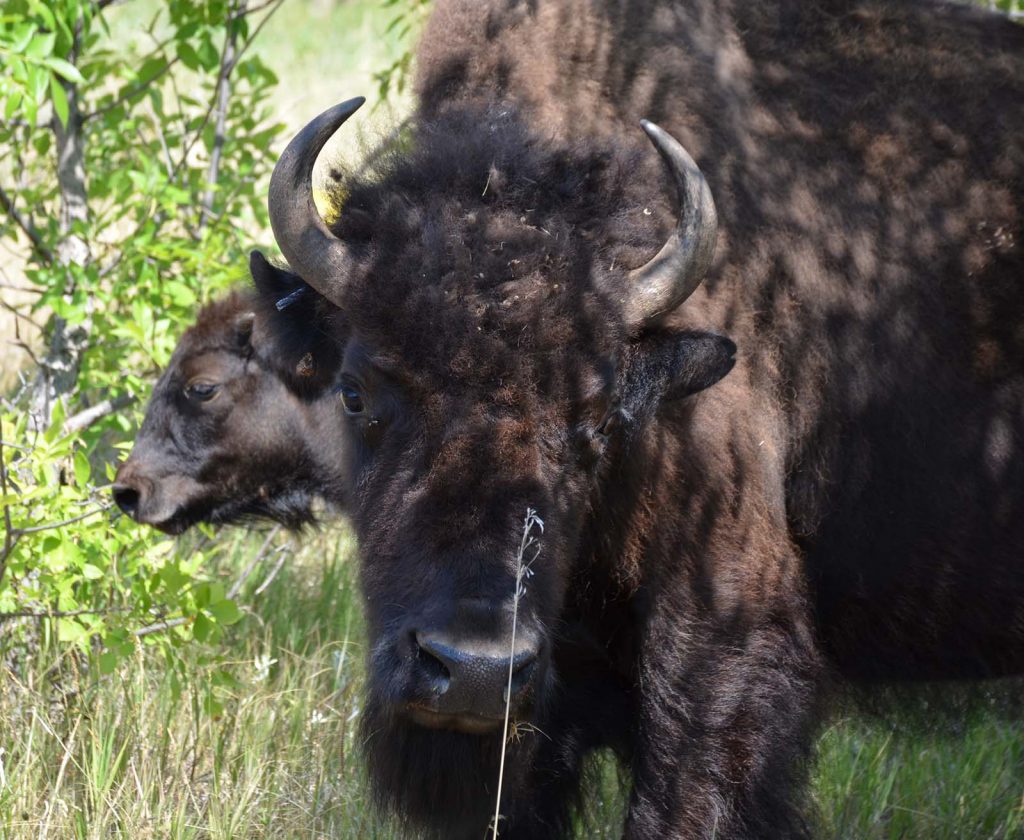
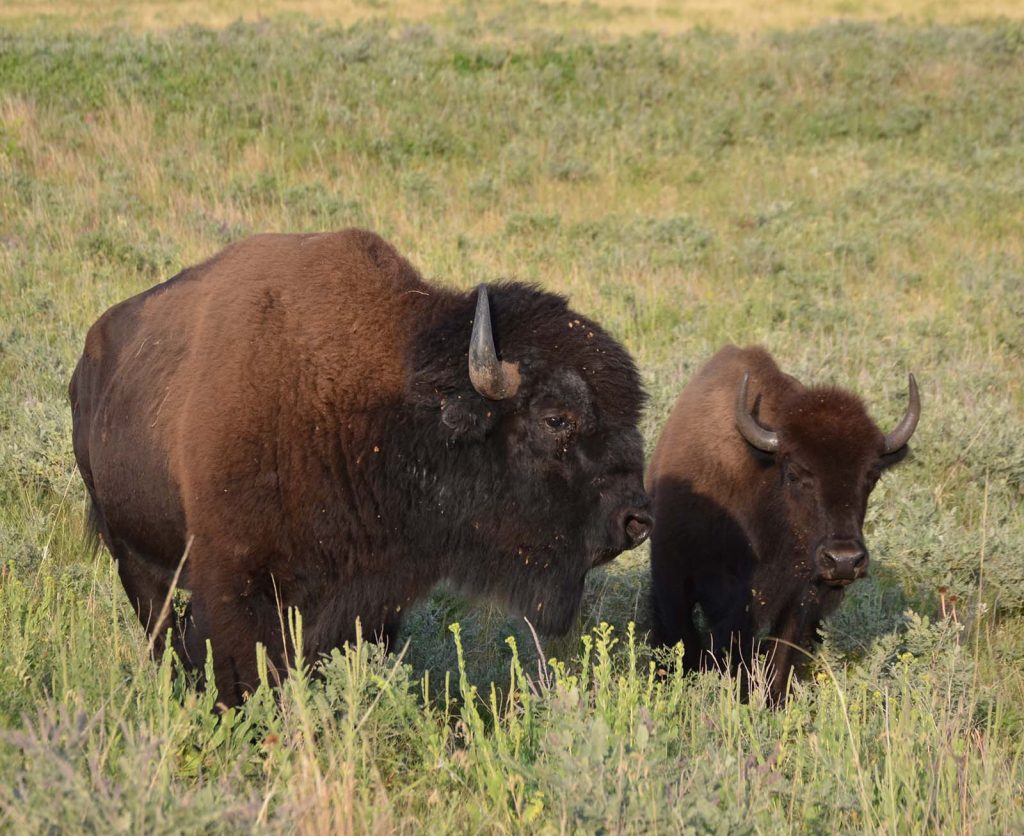
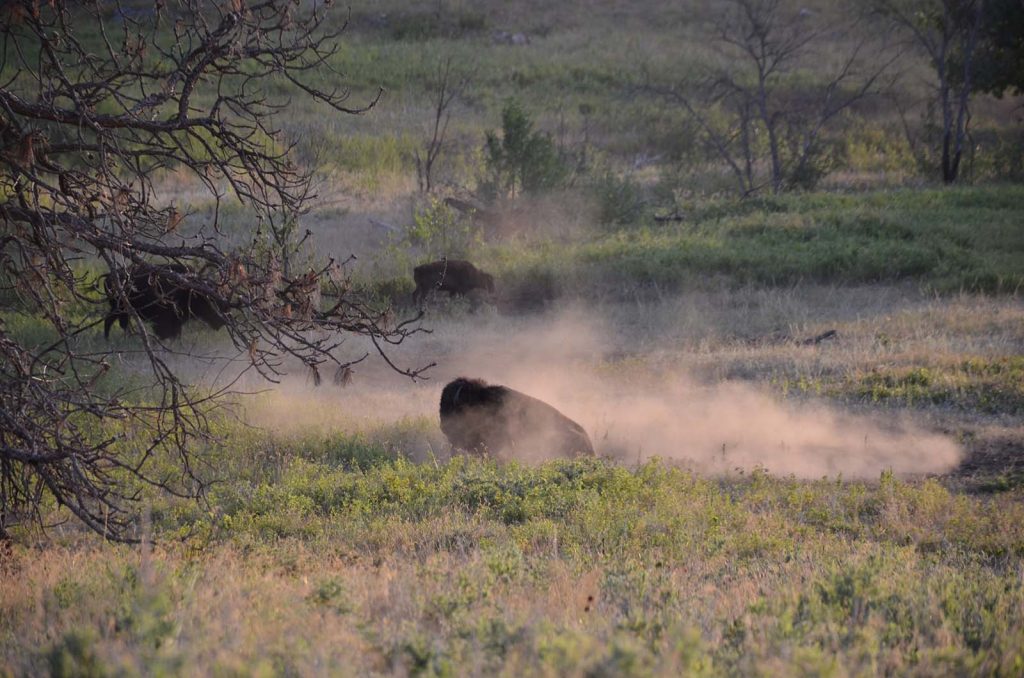
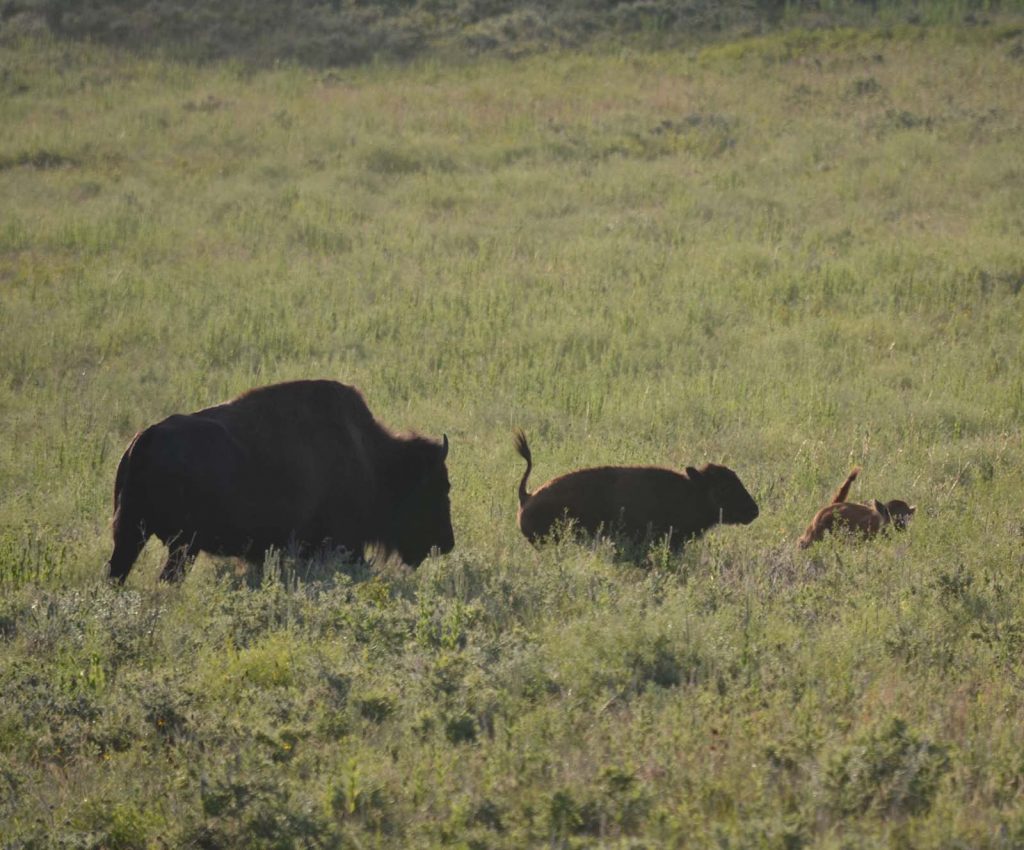
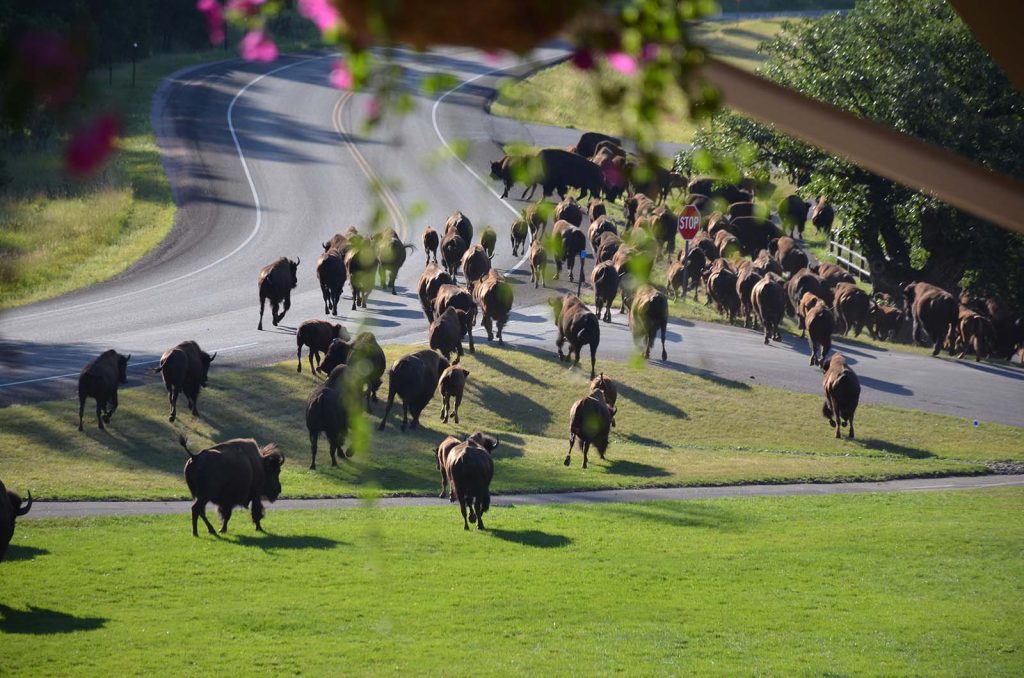
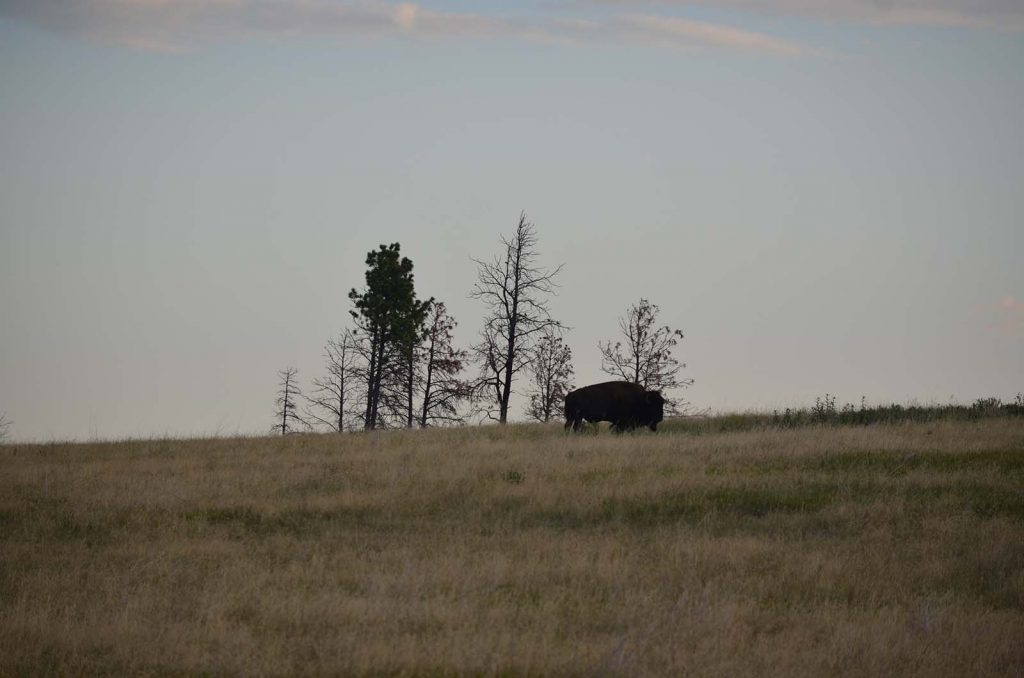
Carol Sinner
Great pictures and lots of information. Thank you for sharing!
Jerry Lewis
This is an article our first German Exchange student will enjoy reading. Markus and a friend came to visit us in Gering, Nebraska when “Dances with Wolves” was popular and they were enthralled when we went visiting the bison herds in Wyoming. They even bought me a bison roast to cook… Thanks, Irene. You’re as splendid as ever.